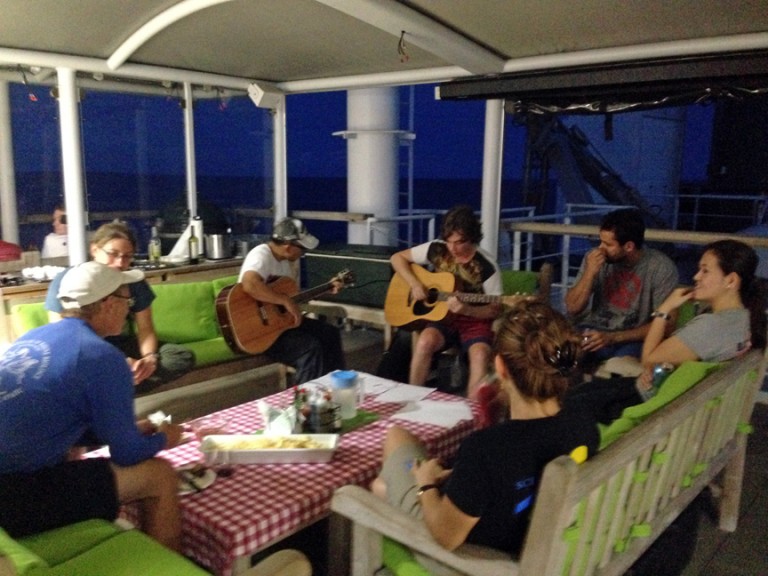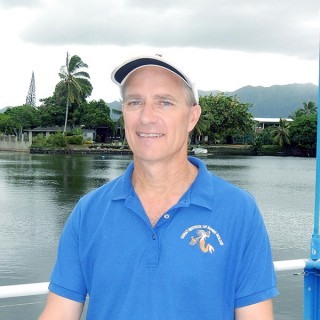When I landed in Pohnpei, Micronesia for the Ontong Java expedition I was greeted by the local customs authorities in the airport. As I made my way through the line to clear immigration, I felt a sense of awkwardness because I did not know what to expect. I was watching the group ahead of me as they spoke to the officials discussing the purpose of their trip to island. After about 20 minutes of deliberating with the officials, the group was asked to provide proper documentation. It turned out the group was boarding a vessel in Pohnpei and were sailing to the Solomon Islands; very similar to what I was there for.
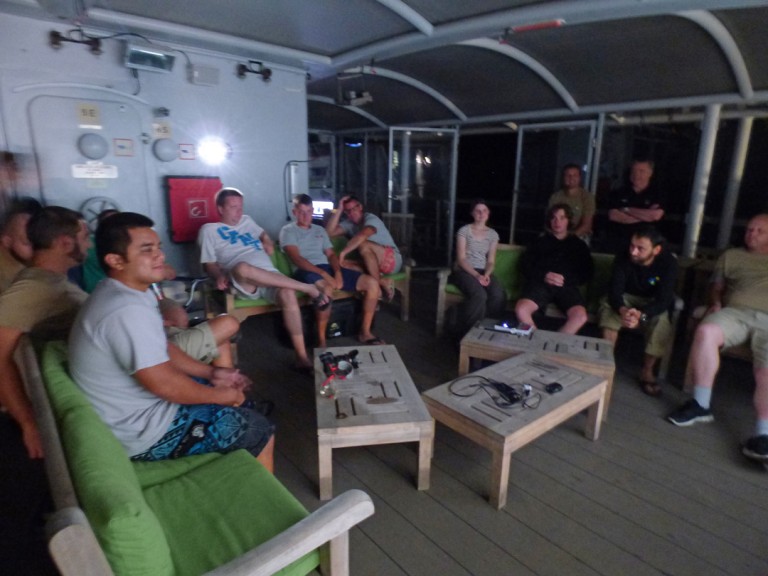
Adjusting to the sound of shuffling papers, my turn slowly approached. As the anxiety built, I started thinking that if the officials gave the group ahead of me a hard time, then what makes my situation any better. I approached the counter, handed my passport and documents to the official, and waited to see if I would be allowed into the country. He glanced through my documents, gazed at me steadily and said, “Oh, you are here to board the R/V Falkor, eh?” I replied and said, “Yes, sir. I am on a research team headed for the Ontong Java Plateau, and we are scheduled to leave the Port of Pohnpei on October 15, 2014.” He scanned through my documents just once more, stamped my passport, and said, “Thank you, sir. Welcome to Pohnpei.”
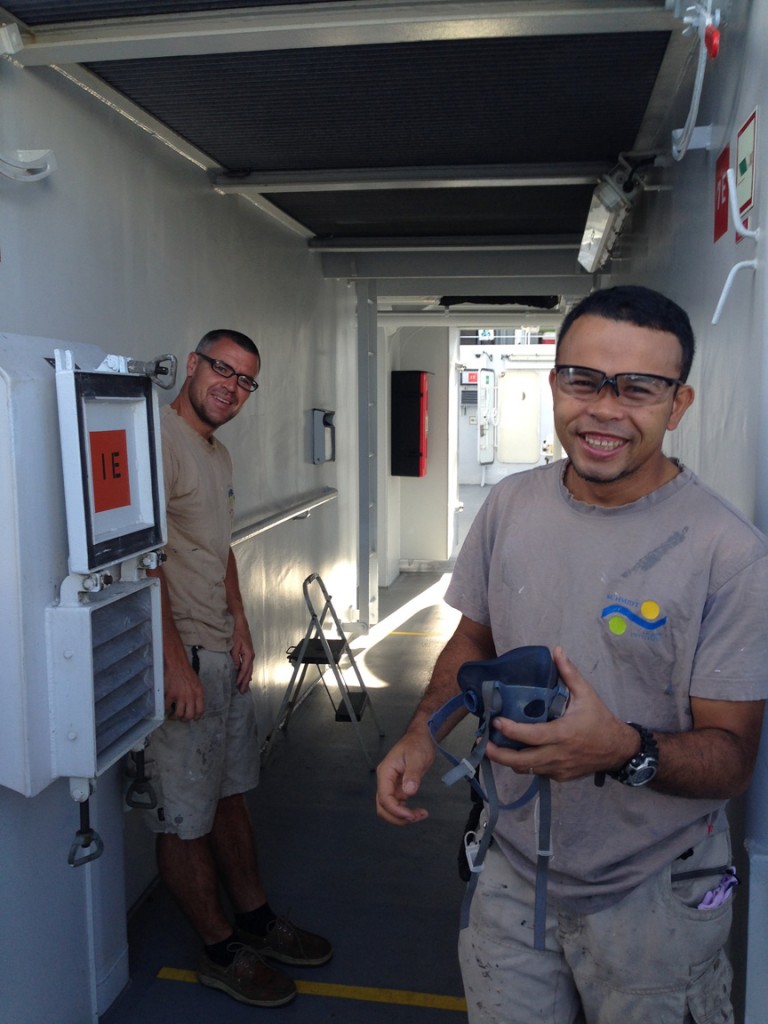
Having survived the customs agents, I exited the airport a very happy man, until I realized I did not know where the port or ship was. After some direction, I found that the port was located very close, and within walking distance. I walked through the port gate – baggage in hand – and approached the R/V Falkor, docked quietly between two other ships. It was then that the trip took new life as I cautiously walked up the gangway to the ship. I approached the gated door, and luckily one of the crew noticed me waiting outside. I asked him, “Permission to come aboard?” He replied hastily, “No probs mate. Come aboard!” His name was Mick, the Chief Boatswain of the Falkor. He directed me to the ship’s office, where I met Colleen (Falkor’s lead Marine Technician) and Adriana (Falkor’s Purser). After checking-in, I was given a tour of the ship and ushered to my cabin where I would be housed for the expedition. As I walked through the ship’s passageways, I was greeted by every single person I passed, trying my best to absorb all the names thrown at me. It was then that I started to feel comfortable, mainly due to the instantaneous hospitality and comradery. The Falkor would become my new home for the next 21 days.
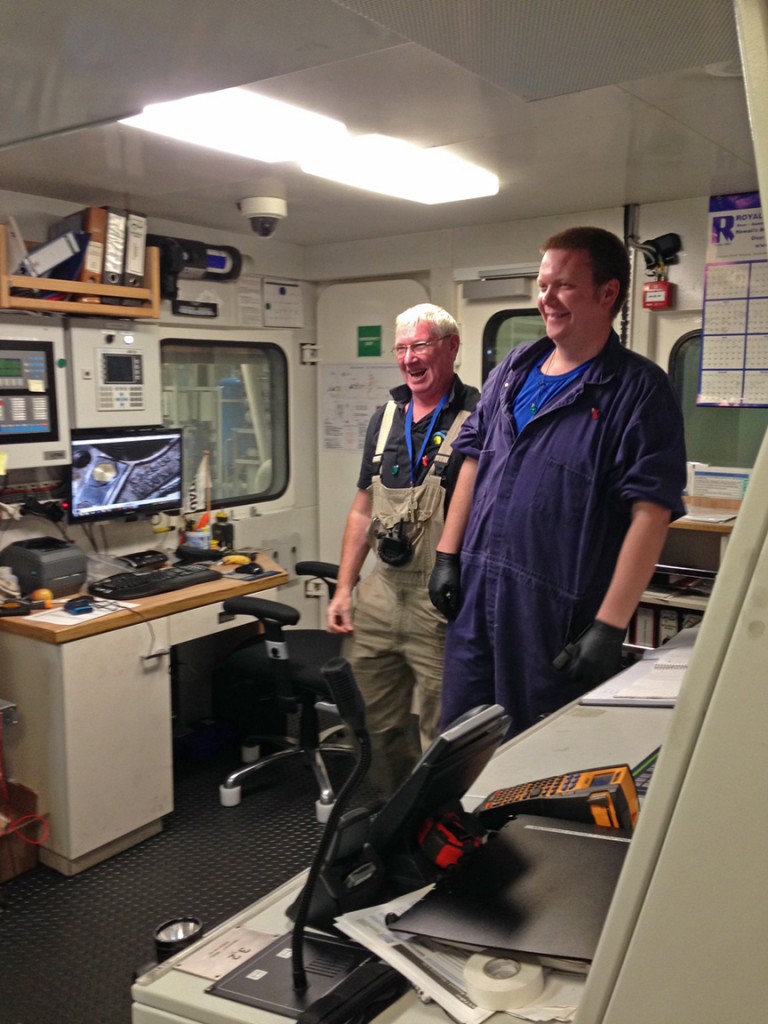
The crew’s hospitality and humbling character reflects the diversity within the ship. The crew comprises 10 different nationalities around the globe: America, Canada, Colombia, Brazil, Great Britain (including Scotland), Bulgaria, Estonia, Germany, Philippines, and Poland. As for the seven scientists, we make up four different nationalities: America (including Guam), Australia, Great Britain, and Israel. Despite the international diversity aboard Falkor, we all call this place our home. No borders exist within the vessel. Cultures come together without fear of oppression and with freedom of expression.
The experiences aboard the Falkor are unlike any other. The beautiful thing about natural science is that it involves breaking borders and crossing exclusive economic zones – coming together to achieve one goal: quality and meaningful science. I hope that our work here shows the world that no matter where we come from, it’s about helping one another – science without borders.
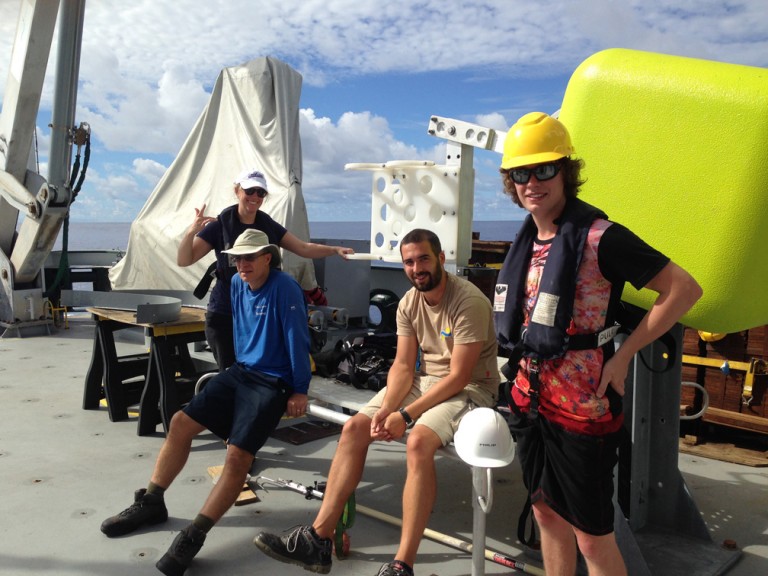
Everyone aboard the R/V Falkor – from the Captain, to the officers, deck personnel, Marine Techs, chefs and stewards, engineers, and scientists – make this vessel a place to call home. I have been privileged working with diverse, yet intelligent, and dedicated scientific minds. I will take back from this home, everything I have learned throughout this expedition. Aside from all the beautiful science, I will cherish the relationships and comradery among the entire crew of the R/V Falkor, especially the scientists with whom I am honored to have worked with.
What we have accomplished as a team – crew and scientists – is rewarding, especially adding to the oceanographic history in the Ontong Java Plateau. I commend the entire ship’s complement, who have made this expedition one that I will cherish forever. Truly, I am humbled to be here, and to have shared this experience with them.
